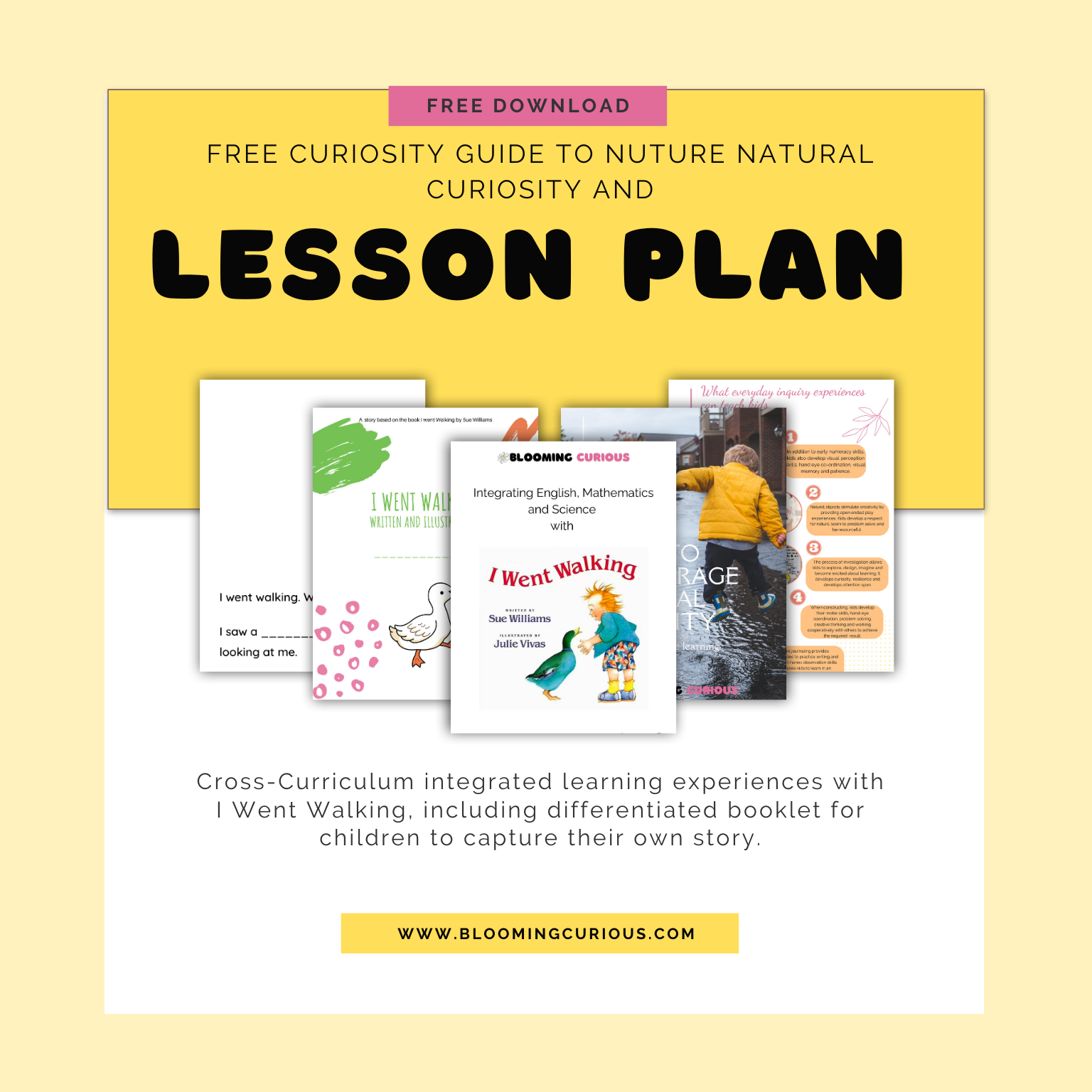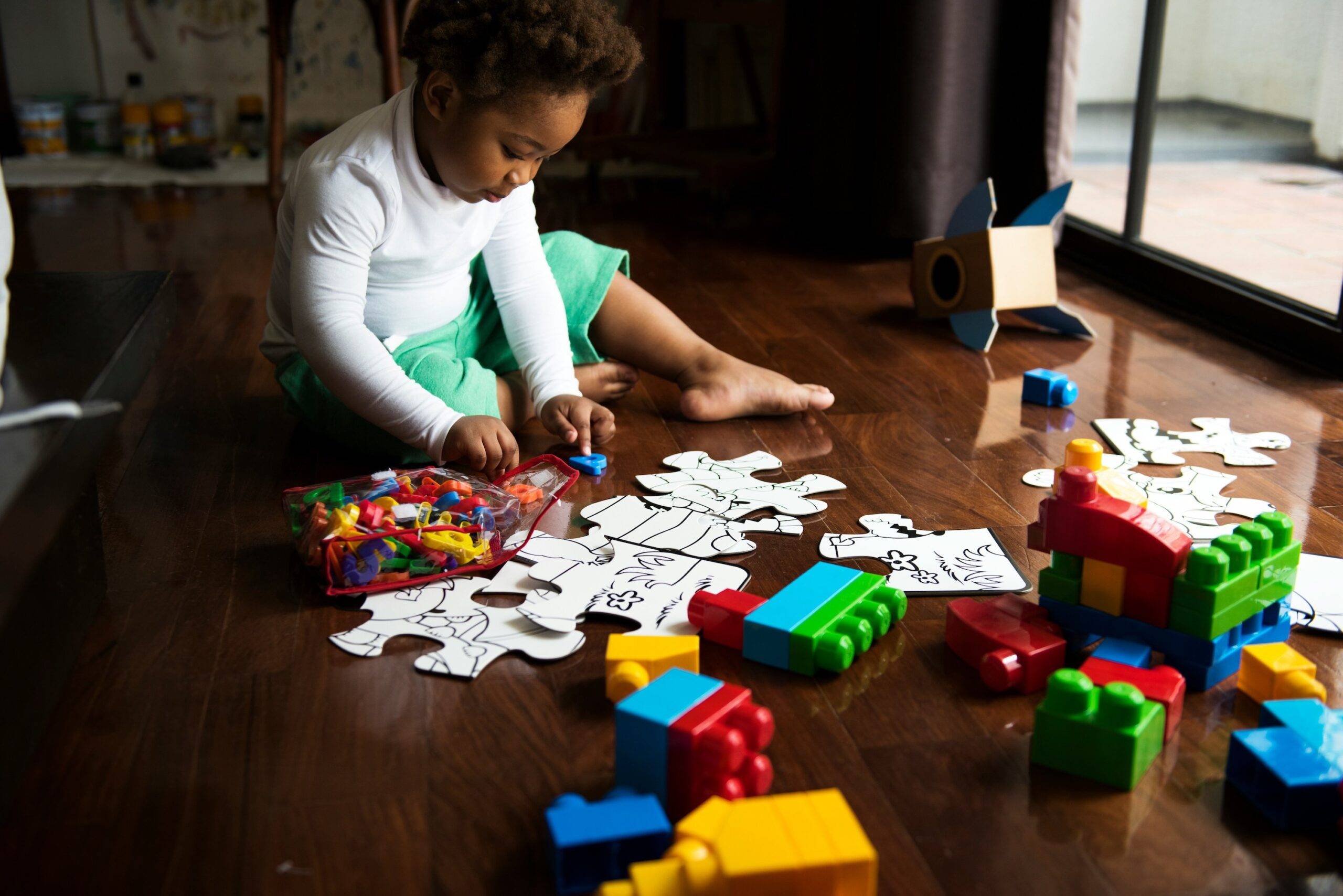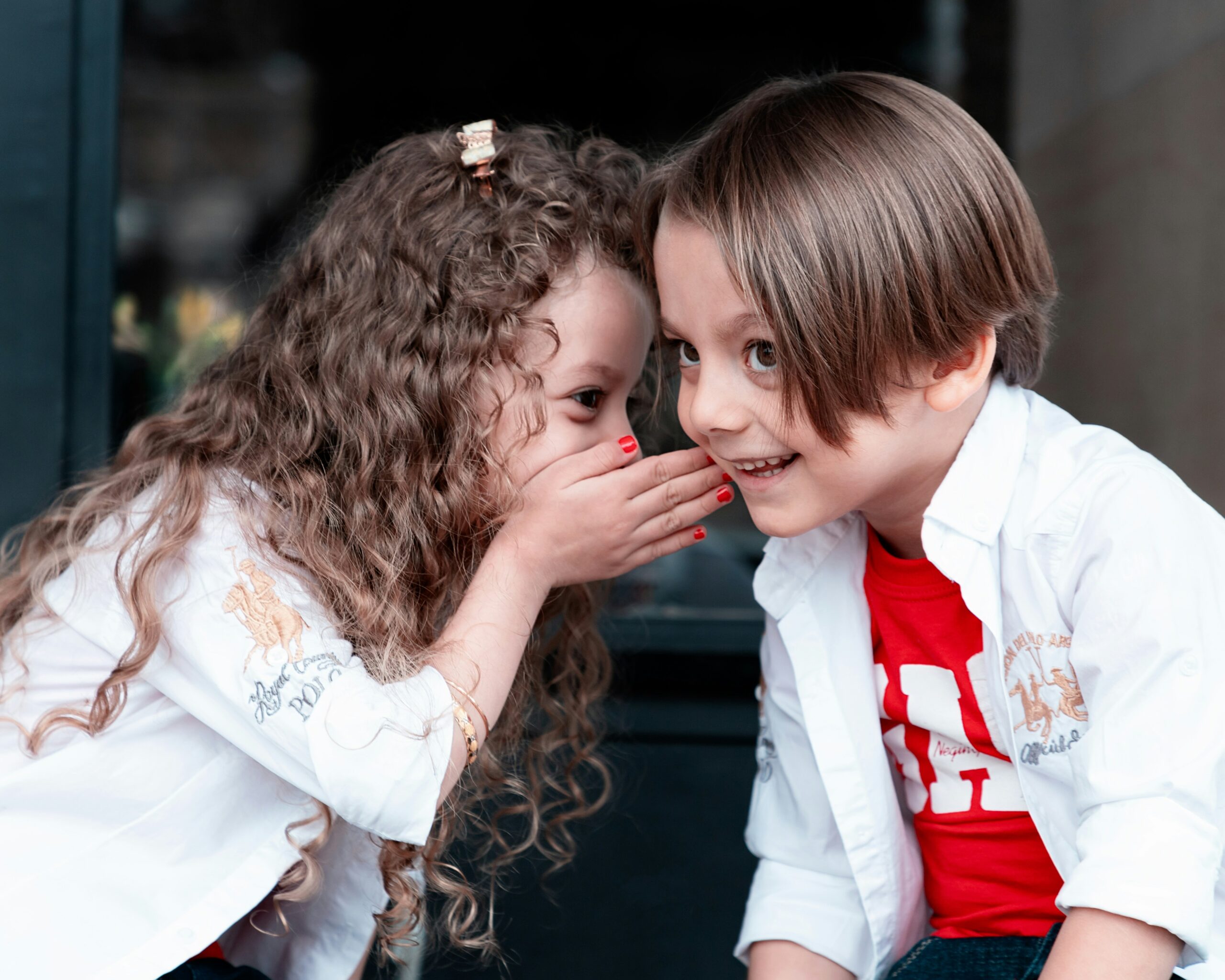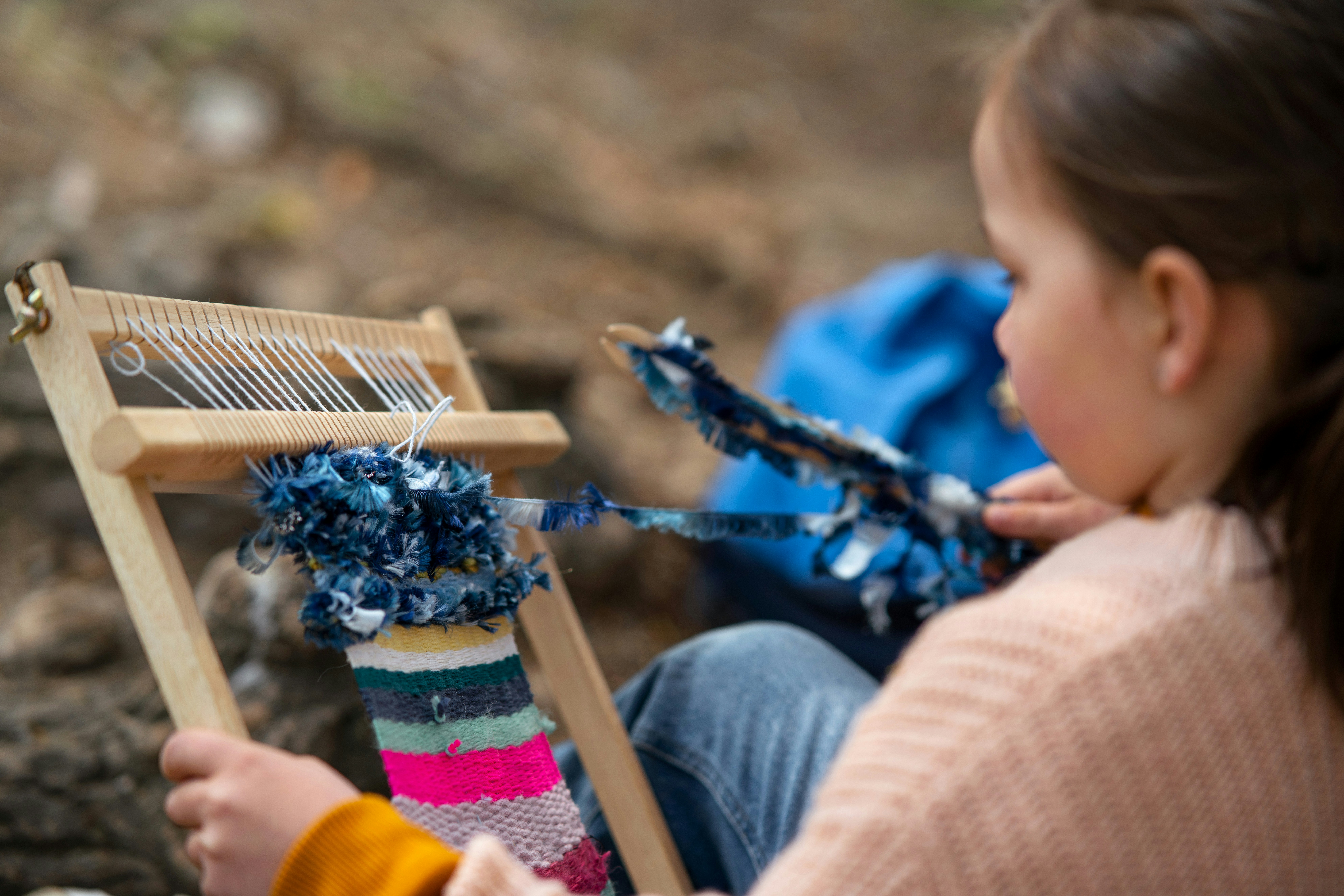Some of the links below may be affiliate links. This means that, at zero cost to you, I will earn an affiliate commission if you click through the link and finalise a purchase. All product recommendations are products that I have used and loved, or products that I would recommend based on experience.
How many of us stop to take a moment to consider what it is about our strategies, our practice, our provocations, our environment or even our interactions with children that nurture and drive their engagement and curiosity?
In today’s faced past world, where there’s always another thing to do, another place to be, another task to complete, how often do we stop and pause to consider not only our impact on children, but also the impact of the world we are interacting with, on us?
Considering our teaching strategies
As you sit down to prepare a lesson or learning experience for children, perhaps just take a moment to consider this question first, “What about this experience will engage children and keep them curious?”
As educators of young children, we intrinsically know that children love DOING stuff, they enjoy playing outside, being with friends, being hands-on. So clearly, if we can tap into what children naturally love doing, and creating experiences around that, or integrating learning experiences in a way that allow children to still be outdoors, to still be with their friends, and to be engaged in hands-on experiences then clearly this is going to be more engaging and more enjoyable for children.
Completing worksheets is not conducive to learning
Completing worksheets is sometimes necessary, but having the completion of a worksheet as your main teaching strategy is not conducive to nurturing curiosity or an interest in learning. Yes, sometimes a worksheet is necessary, but there are also many other more interesting ways to capture children’s knowledge and make their learning visible. Check out the following posts for integrating inquiry and multiple subjects. Click on the post to get your comprehensive lesson plan that meets multiple subject outcomes.
Integrating the Curious Garden Across Subject Areas
In-depth Lesson Plan and Activities for Q-Pootle 5
On the Go Inquiry-Based Learning from K-2
How to Plan Integrated Lessons Using the Curriculum
Favourite strategies for engagement and nurturing curiosity
In episode 20 of the Blooming Curious podcast, two experienced Early Childhood educators share their favourite strategies for engaging children and keeping them curious. What is amazing and unsurprising to me is how both these educators, Veronica Green from Cultivating Confidence who also has a Facebook group called All Things Early Years, and April Zajko of April’s Teaching Tree who has a Facebook group called Nature Inspired Teacher both recognise the importance of awe and wonder and being open to allowing children to lead the way when it comes to nurturing curiosity.
For both Veronica and April, the educator as facilitator, the outdoor environment and the educator’s own curiosity are critical when it comes to considering the strategies for learning engagement.
Listen to the podcast to hear their views and my own thoughts too.
Having an inquiry mindset, will make all the difference. To help educators, both classroom and home-based, see just how easy it is to nurture children’s natural curiosity, I have created an eGuide that illustrates how you can use every day moments and experiences to nurture children’s natural curiosity. Click on the image below to get the eGuide.
Conclusion – best strategies for nurturing curiosity and learner engagement
In all the reading I do and all the educators I speak to or listen to on podcasts, the one thing that ALWAYS becomes apparent, is that the main driver for nurturing curiosity is me and you. The adult. The educator. The parent. Our views, our level of curiosity and the experiences we create either nurture or squash children’s curiosity.
The best thing we can do for ourselves and our children is to make sure we ourselves
are curious about the world around us and that in itself will rub off on our learners.
To find out how you can nurture your own curiosity go to https://bloomingcurious.com/how-educators-can-nurture-their-own-curiosity/.
Inquiry-based learning is also the best strategy for nurturing curiosity. It’s not a separate subject, or something you do on a Wednesday afternoon, it’s a mindset.
Click on the image above to get the FREE eGuide How to Encourage Natural Curiosity PLUS the free lesson plan for the delightful picture book I Went Walking by Sue Williams and see just how easy it is to start nurturing learners’ curiosity, and bring some fun back into teaching and learning!









